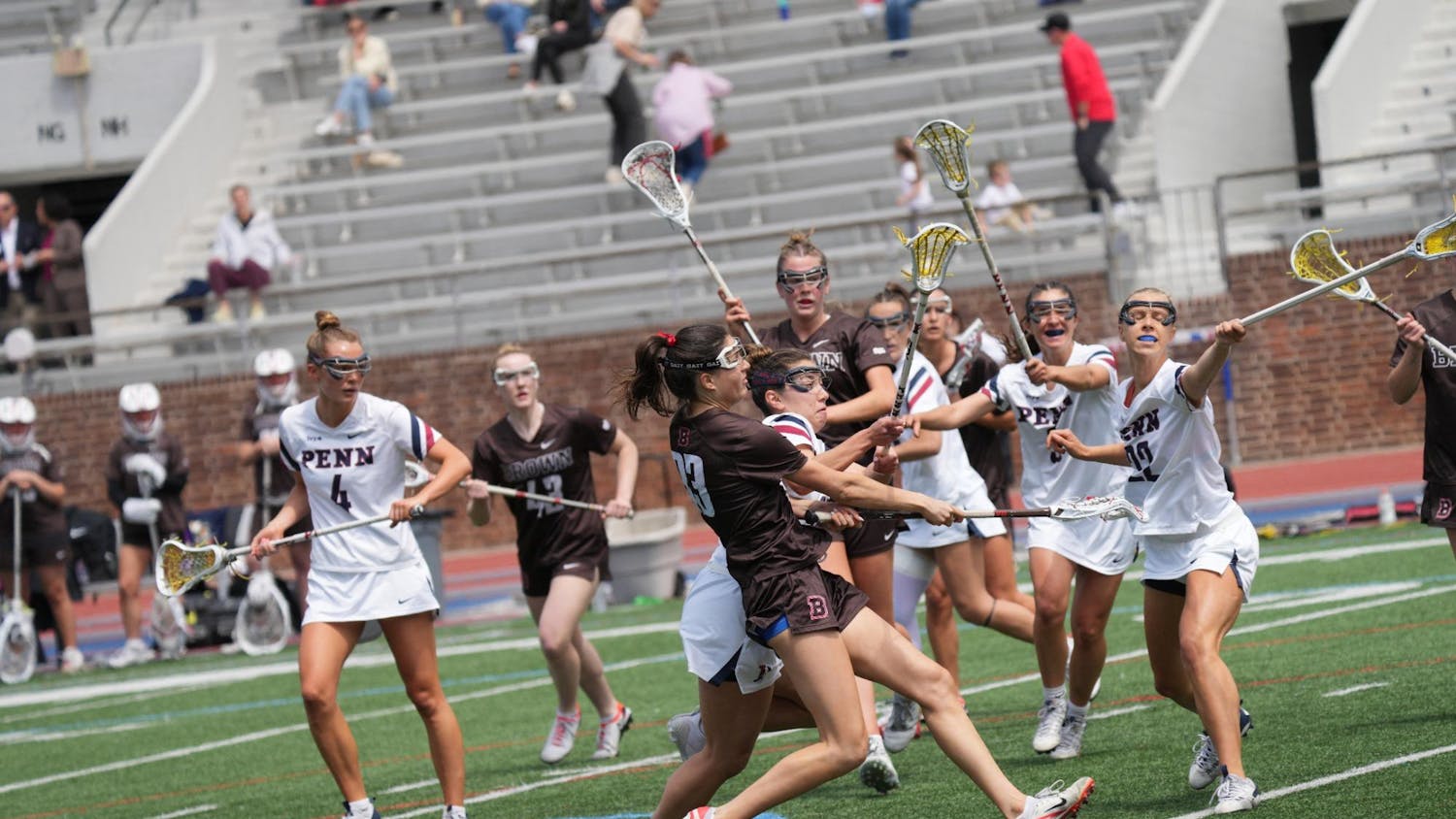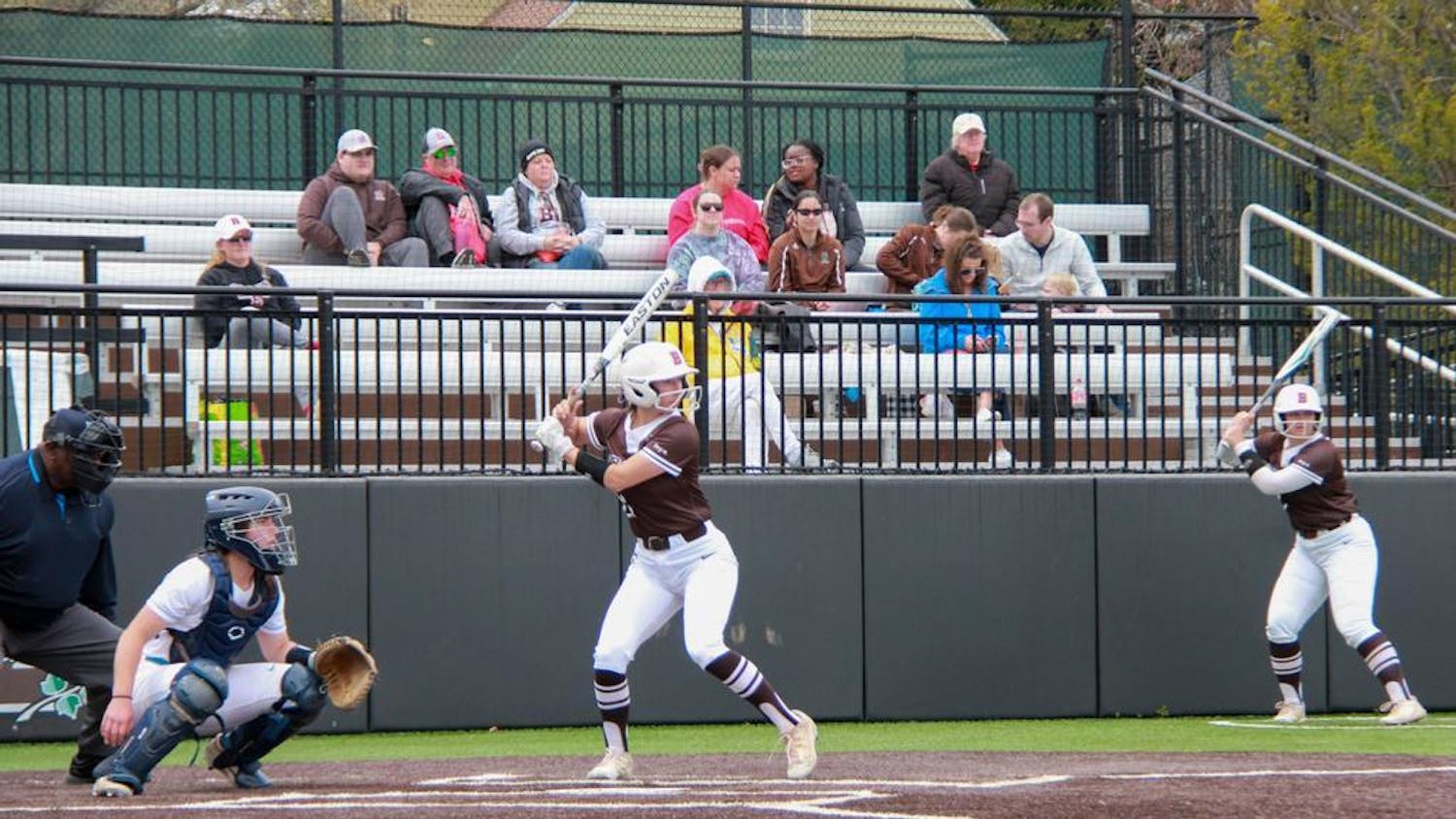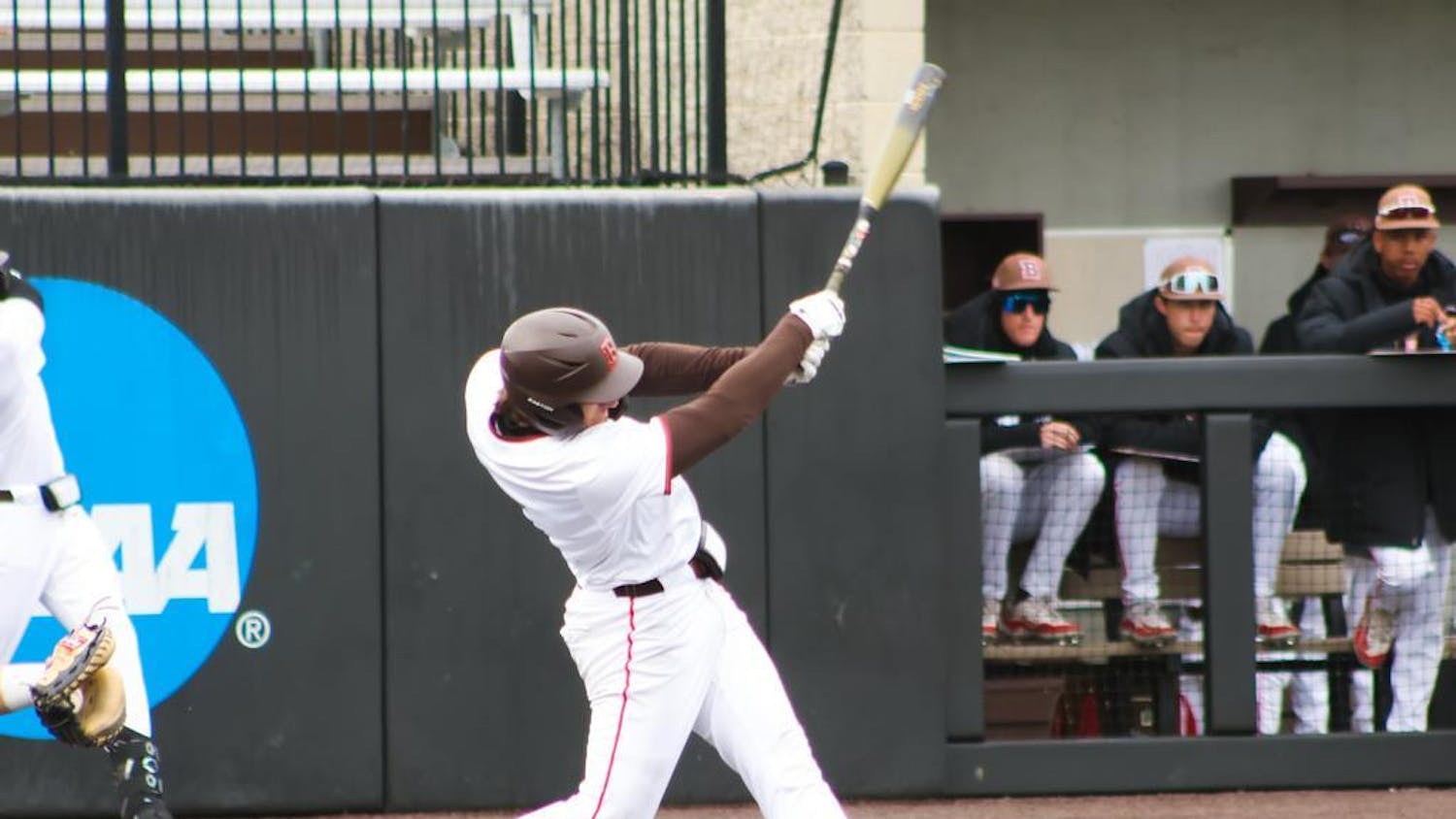The first time I attended a Red Sox game at the historic Fenway Park, I was bored out of my mind. My five-year-old attention span couldn’t grasp the complexities of baseball, so I spent the entire afternoon counting airplanes in the sky. I think there were 50-something.
But eventually, baseball dug its claws into me. The same intricacies that scared me off at five captivated me at eight. Every night at 7:05 p.m., my brother and I huddled around the radio — man, I’m old — to drink in the sounds of the game. Before long, I was hooked.
For a while afterwards, I never missed a Sox game. Baseball became my religion, the Bambino my curse. 2003 crushed me. 2004 elated me. 2007 spoiled me. Though the cast of characters changed, my loyalty to the logo remained. From Mueller and Millar to Lester and Lowell, I loved them all.
But then a funny thing happened. Slowly but surely, I grew out of baseball. Well, I grew out of watching baseball. It started with statements like, “Well, who’s pitching tonight?” And by the end of high school, I was watching more highlights than I was games.
I never lost my love for the game. I still follow all the headlines and scour the box scores. But these days, I find it increasingly difficult to stay glued to a baseball game. True, I have less time than I used to. True, the Patriots and Bruins are challengers for sports supremacy in New England. But the real problem is simple: Baseball has gotten too slow.
Unfortunately for the MLB, my personal journey reflects a national trend. It took a thrilling Game Seven to save this year’s World Series from record-low viewership. Between ’09 and ’12, the number of children playing baseball in the United States plummeted 18 percent. More than four out of 10 Americans believe the sport is in decline. And the chief culprit is the pace of play. Game times have spiked 13 minutes since just 2010. But even so, baseball’s issue is less about length and more about tempo. In the last 10 years, games have gotten 20 minutes longer yet feature 1.3 fewer runs per game, and time between balls in play has risen 18 percent. Simply put, we’re waiting longer to see less action.
Baseball’s decline is a sad commentary on our national attention span. Give us time between innings to check our iPhones, and chances are we’re not looking back up. Grumbles about pace of play have become as commonplace at ballgames as utterances of “God Bless America.”
Plagued by too much dead time, baseball is quickly losing its grip on younger fans. But how fixable are these issues? We don’t want to alter the traditions of a game steeped in 150 years of history, and thankfully, we won’t have to. It’s true that game flow is partially responsible for baseball’s slowing tempo — hitters are going deeper into counts, and relievers are being used more situationally. But ultimate blame lies with players’ blatant disregard for pace of play.
Baseball emphasizes individual performance more than any other team sport. Comfort and focus are musts when you’re trying to hit a 99 mph fastball. After years of little rituals and superstitions, adjusting a helmet between pitches becomes second nature. In the bottom of the ninth of a tie game, David Ortiz doesn’t care if you have to get up early tomorrow.
But Ortiz’s employers do care if you buy a ticket. That the league recently formed a pace of play committee is a start. But first, the MLB needs to admit that its current timesaving measures are a joke. The league threatens slowpokes with comically light fines that are rarely enforced — the last player to be slapped with a slow play fine was Jonathan Papelbon in 2009. Pitchers are technically subject to a 12-second pitch clock, but the average pitcher actually took 18 seconds between tosses this year. “Limiting” relievers to eight warm-up pitches: Isn’t that what the bullpen is for? Imagine if every basketball substitute got eight practice shots before play resumed.
The solutions are simple. Install a pitch clock in every stadium, and punish infractions with an automatic ball. Dock hitters a strike for stepping out of the box. Get rid of the four-pitch formality for intentional walks. Limit mid-inning mound visits. Some of these changes were recently adopted by the independent Atlantic League with striking success, and others are being demoed in the Arizona Fall League. But in order to change its dawdling culture, baseball needs to catch them early: the minor leagues and below. No zoned-in pitcher wants to worry about a ticking clock on the highest stage in baseball. But if leisurely habits are never entrenched, the MLB product won’t need to be altered.
Despite its issues, the MLB is not going away. “Is baseball too slow?” is as much a hypothetical as “is football too violent?” These leagues simply make too much money to crumble, and booming revenues obscure the need for change. But while the MLB is thriving financially, it’s not faring so well culturally. These days, we seem to be talking about touchdowns much more often than home runs. Somewhere along the line, baseball stopped being cool. What was once America’s pastime is now fighting for relevance in the cluttered landscape of professional sports.
Still, Wednesday’s World Series game reminded us of what baseball has to offer. In any context, “game seven” is the most exciting phrase in sports. So of course, I still watched. I put up with all the mound visits and commercial breaks because the action was thrilling and the intensity unrivaled. But not every baseball game is do-or-die for the World Series. So on a sunny weekend in May, I’ll be playing golf. On a Sunday afternoon in September, I’ll be watching football. I want to be lured back, baseball. Catch me if you can.
Mike Firn ’16 misses the Nomar and Pedro days. Count airplanes with him at michael_firn@brown.edu.
ADVERTISEMENT




